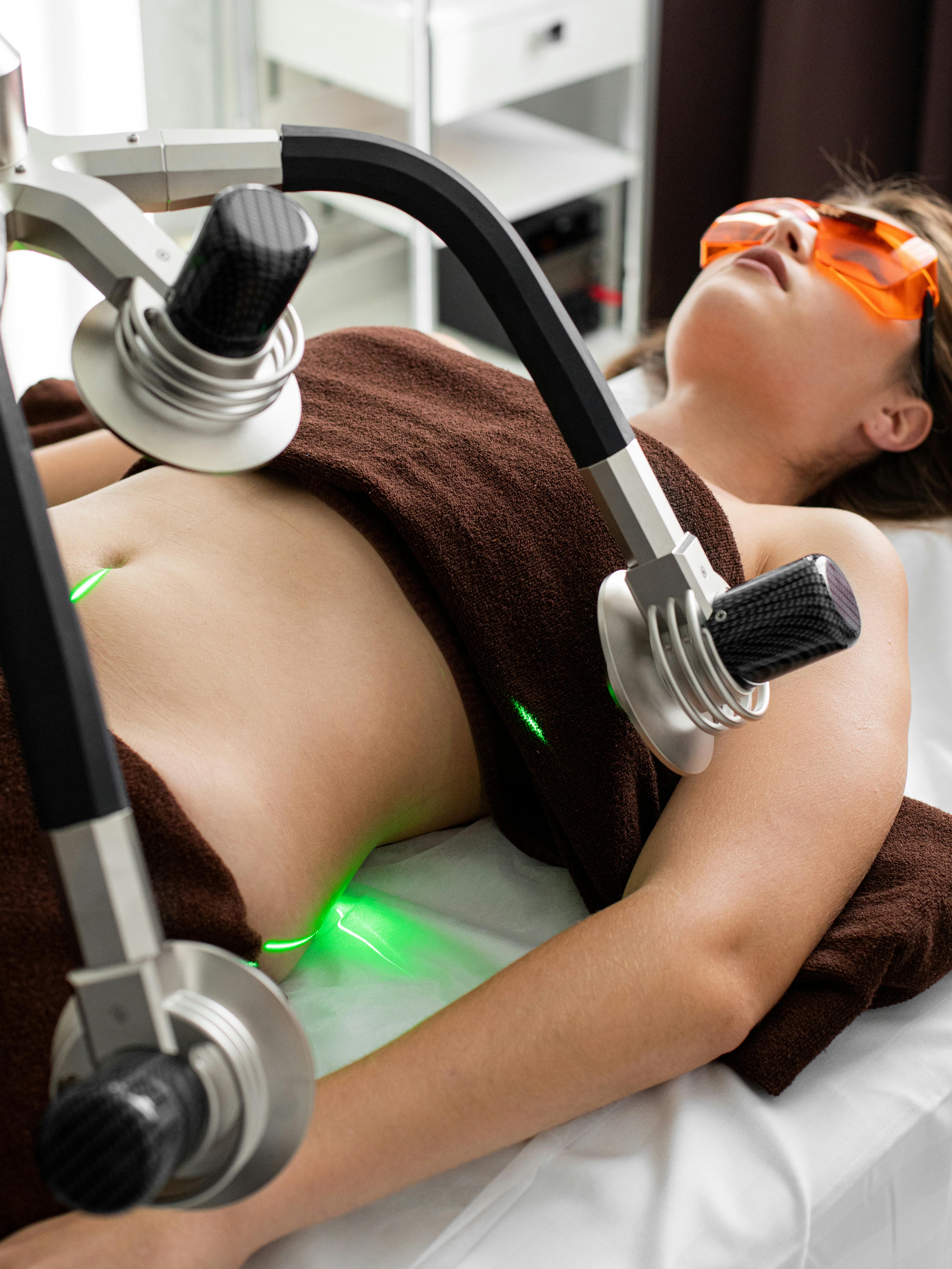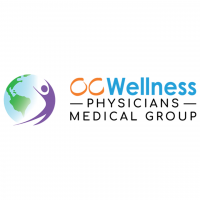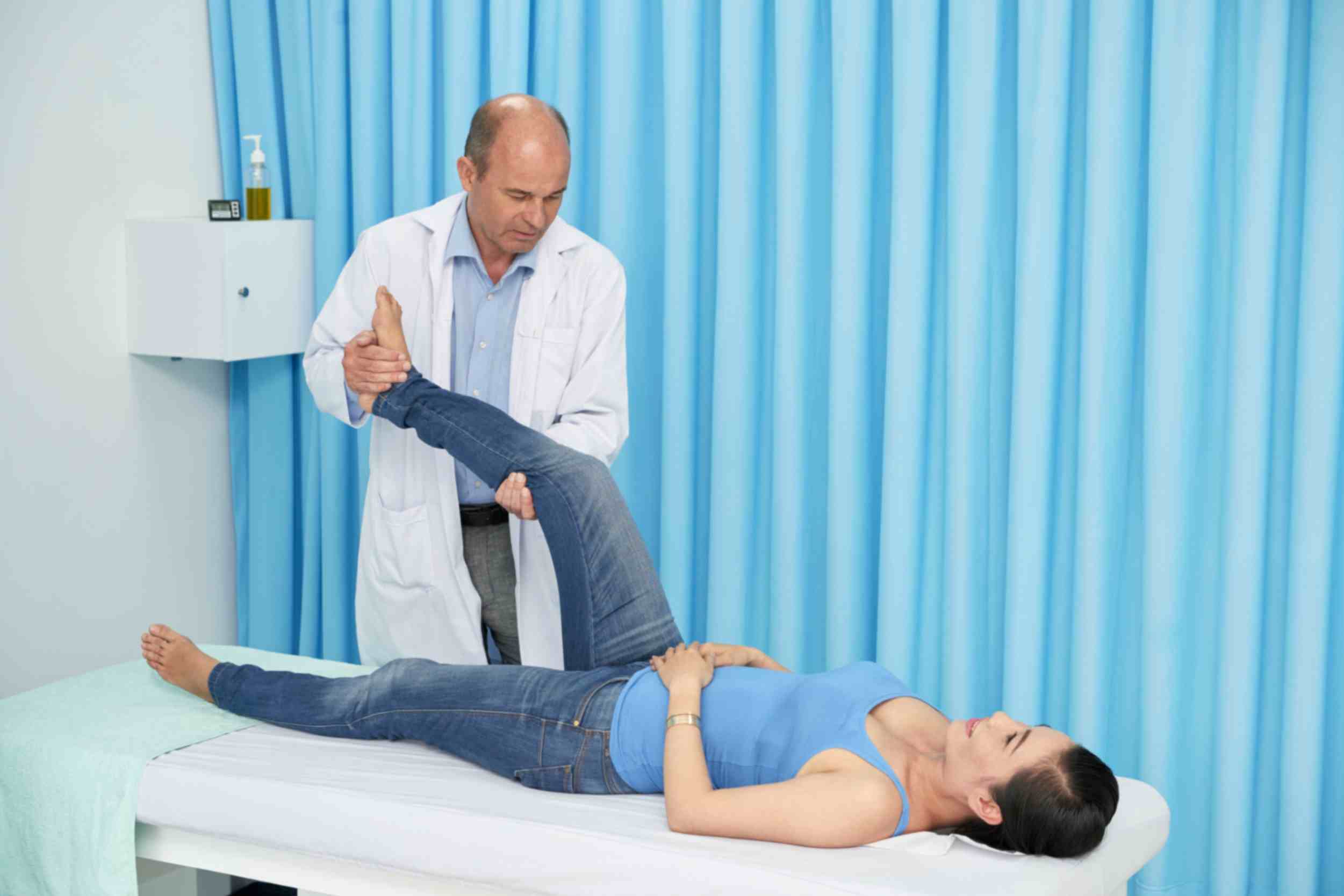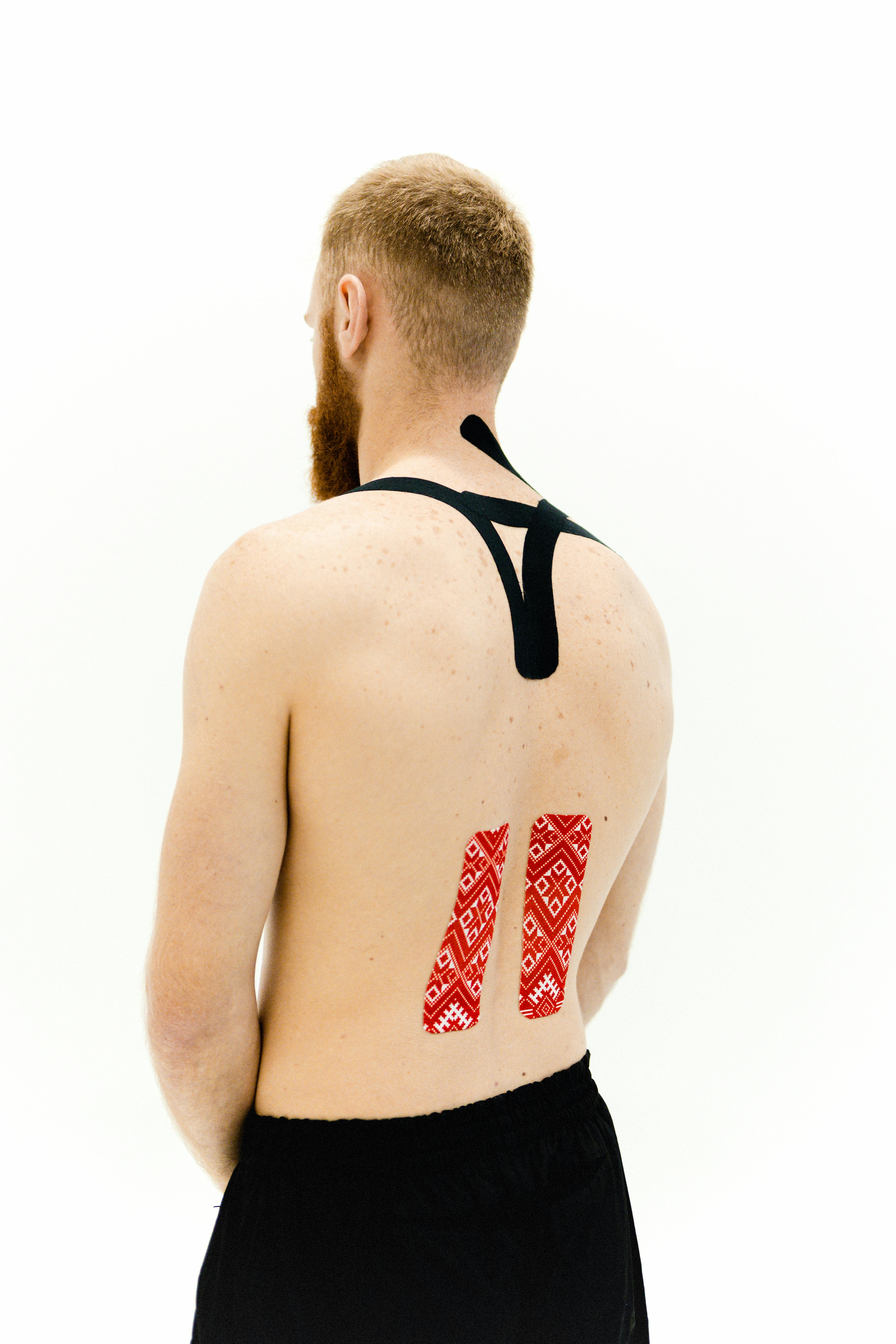The Science Behind Laser Therapy: How Light Heals Your Pain

Strong 8k brings an ultra-HD IPTV experience to your living room and your pocket.
Chronic pain affects millions of people worldwide, often interfering with daily life, productivity, and overall well-being. While medication, physical therapy, and surgery are common approaches to pain relief, a growing number of people are turning to laser therapy for pain—a non-invasive, drug-free, and scientifically backed method that’s changing the way we manage pain.
But how does it actually work? What’s the science behind shining light on your skin to relieve pain deep within muscles, joints, and tissues? Let’s break it down.
What is Laser Therapy?
Laser therapy is a form of photobiomodulation—a process that uses specific wavelengths of light to stimulate healing, reduce inflammation, and relieve pain. Unlike surgical lasers, which cut or remove tissue, cold laser therapy (also known as low-level laser therapy or LLLT) delivers low-intensity light that penetrates the skin without causing damage.
This light is absorbed by cells and triggers a series of biological processes that promote natural healing. Think of it as giving your cells an energy boost—kind of like photosynthesis in plants, but for human tissues.
How Does Laser Therapy for Pain Work?
When applied to the body, the light from the laser interacts with the mitochondria—the energy-producing parts of your cells. This interaction leads to:
Increased ATP production (cellular energy)
Reduced inflammation
Improved blood flow
Enhanced cellular repair
These changes speed up tissue regeneration and help alleviate pain and inflammation at the source. Whether you're suffering from joint issues, nerve pain, or muscle injuries, laser therapy for pain management offers a solution that doesn’t rely on medications or invasive procedures.
Conditions Treated by Laser Therapy
Laser therapy is used by chiropractors, physical therapists, podiatrists, and pain specialists to treat a wide range of conditions. Some of the most common include:
1. Laser Therapy for Back Pain
Back pain is one of the leading causes of disability worldwide. Whether it stems from a herniated disc, sciatica, or muscle strain, laser therapy has shown great success in reducing both acute and chronic back pain. The light energy penetrates deep into the tissues, helping relax tight muscles, reduce inflammation, and promote healing of injured discs or ligaments.
2. Laser Therapy for Foot Pain
Plantar fasciitis, Achilles tendinitis, and neuropathy are common causes of foot pain. Traditional treatments may include orthotics, stretching, and corticosteroid injections, but laser therapy for foot pain provides a non-invasive alternative. It increases circulation and encourages damaged tissues in the feet and ankles to repair more quickly.
3. Joint and Arthritis Pain
Laser therapy helps reduce joint stiffness and inflammation caused by arthritis or overuse. Patients report improved mobility and decreased pain in joints such as knees, shoulders, wrists, and elbows.
4. Soft Tissue Injuries
From sprains and strains to sports injuries, cold laser therapy helps speed up the healing of ligaments, tendons, and muscles. It’s frequently used by athletes looking to recover faster without relying on medication.
5. Neuropathy and Nerve Pain
Diabetic neuropathy, pinched nerves, and post-surgical nerve damage can all benefit from cold laser treatment. It helps reduce nerve inflammation and supports the regrowth of nerve tissue, offering long-term relief from burning, tingling, or numbness.
What to Expect During a Session
A typical laser therapy for pain session lasts between 5 to 20 minutes, depending on the area being treated. The therapist uses a handheld device that emits low-level laser light directly to the skin. You may feel a slight warming sensation, but the procedure is painless and requires no downtime.
Depending on the condition, multiple sessions may be recommended for optimal results. Some patients feel relief after the first visit, while others may need several treatments to notice lasting improvement.
Is Cold Laser Therapy Safe?
Yes, cold laser therapy is FDA-cleared and considered very safe when performed by trained professionals. It is non-invasive, does not use heat, and does not damage tissue. Because it doesn’t involve medications, it’s also a suitable option for those who are allergic or sensitive to certain drugs.
However, it’s not suitable for everyone. Pregnant women, individuals with cancer, or those using photosensitive medications should consult their doctor before starting treatment.
The Scientific Evidence Behind Laser Therapy
Numerous clinical studies have confirmed the effectiveness of laser therapy for pain management. Research published in medical journals shows that LLLT significantly reduces inflammation and promotes faster healing in both acute injuries and chronic conditions.
One notable study published in The Lancet found that laser therapy reduced neck pain and improved range of motion with long-lasting results. Another study in the American Journal of Physical Medicine & Rehabilitation found that patients with knee osteoarthritis experienced less pain and better joint function after laser therapy.
As research continues, more healthcare professionals are incorporating cold laser treatment into their pain management protocols.
Benefits of Laser Therapy for Pain
Here are some key advantages that make laser therapy for pain a popular choice:
Non-invasive: No needles, no cuts, and no downtime.
Drug-free: Avoids the risks and side effects of pain medications.
Accelerated healing: Speeds up tissue regeneration.
Reduces inflammation: Key for treating both acute and chronic pain.
Safe and comfortable: Minimal risk with a relaxing experience.
Who Should Consider Laser Therapy?
You may benefit from laser therapy for pain if you:
Suffer from chronic back or neck pain
Are recovering from a sports injury or surgery
Have plantar fasciitis or other foot conditions
Experience joint pain due to arthritis or overuse
Want a drug-free alternative for managing pain
Are seeking faster healing and inflammation relief
Final Thoughts
Laser therapy is more than just a modern trend—it's a scientifically proven method for managing and reducing pain without surgery or drugs. Whether you're dealing with back pain, foot pain, or another chronic condition, cold laser therapy may offer the relief you’ve been searching for.
As with any treatment, it’s important to work with a qualified professional to determine the best plan for your specific needs. But one thing is clear: light has the power to heal, and laser therapy for pain is shining a bright light on the future of pain relief.
Note: IndiBlogHub features both user-submitted and editorial content. We do not verify third-party contributions. Read our Disclaimer and Privacy Policyfor details.







